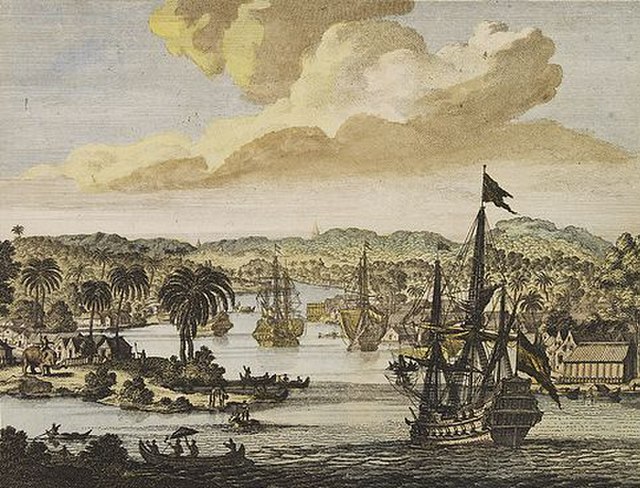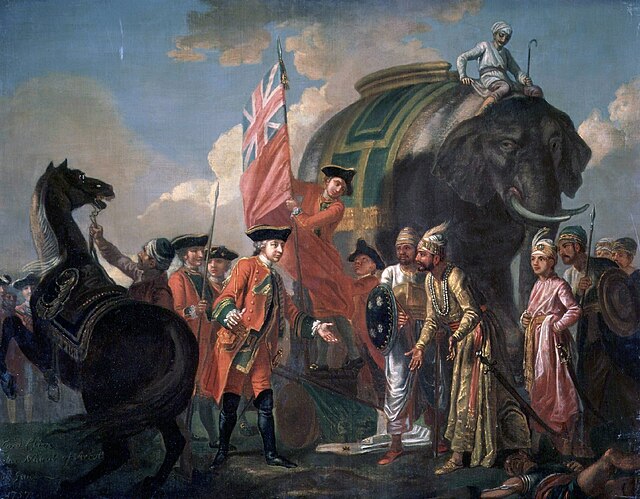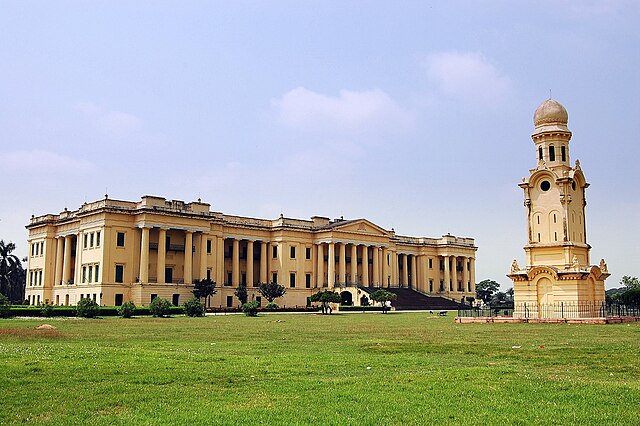Nawab Sayyid Mansur Ali Khan was the Nawab of Bengal from 1838 until his abdication in 1880, whereupon he renounced his titles and position as Nawab. During his reign, he instituted various policies in the princely state he governed, frequently coming into conflict with the colonial government over monetary issues. Khan was a frequent visitor to Britain, and it was there that he often pleaded his case in regards to disputes with the colonial government. In 1880, Khan decided to abdicate in favour of his eldest son. He died four years later.
Mansur Ali Khan
The south face of the Nizamat Imambara as seen from the stairs of the Hazarduari Palace.
Nawab Nazim Feradun Jah in his old age.
The Nawab of Bengal was the hereditary ruler of Bengal Subah in Mughal India. In the early 18th-century, the Nawab of Bengal was the de facto independent ruler of the three regions of Bengal, Bihar and Orissa which constitute the modern-day sovereign country of Bangladesh and the Indian states of West Bengal, Bihar and Odisha. The Bengal Subah reached it's peak during the reign of Nawab Shuja-ud-Din Muhammad Khan. They are often referred to as the Nawab of Bengal, Bihar and Orissa. The Nawabs were based in Murshidabad which was centrally located within Bengal, Bihar, and Odisha. Their chief, a former prime minister, became the first Nawab. The Nawabs continued to issue coins in the name of the Mughal Emperor, but for all practical purposes, the Nawabs governed as independent monarchs. Bengal continued to contribute the largest share of funds to the imperial treasury in Delhi. The Nawabs, backed by bankers such as the Jagat Seth, became the financial backbone of the Mughal court.

Dutch East India Company ships in Chittagong harbor, early 18th-century
Robert Clive meets Mir Jafar at the Battle of Plassey in 1757
Hazarduari Palace (Palace of a Thousand Doors) was home to the titular Nawabs of Bengal
Image: Murshid Quli Jafar Khan






